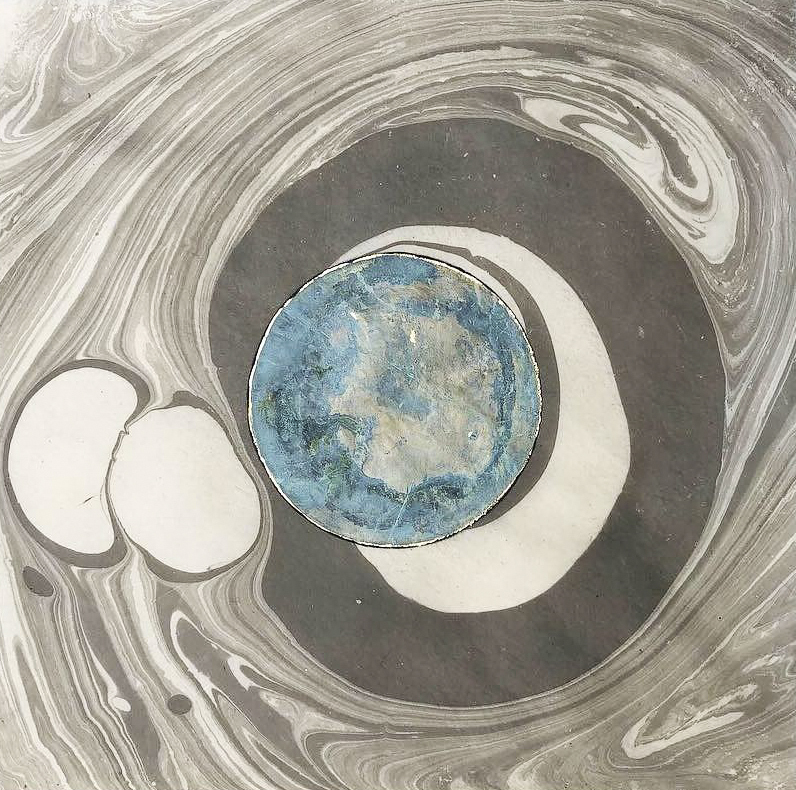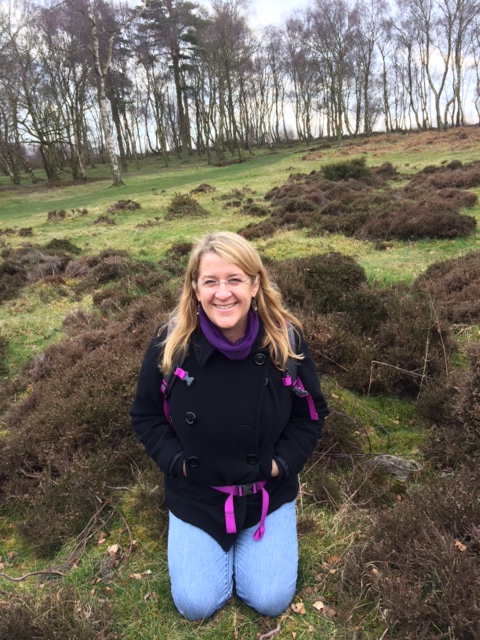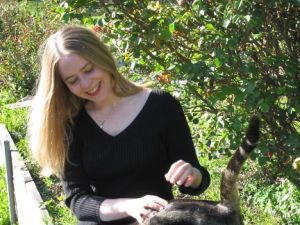
Prior to the corona outbreak, which has demanded that we form new relationships with isolation and stillness, I’d been thinking a lot about the connection between religion, writing and the concept of silence and solitude. I often think and try to write about how religion and writing are intertwined, how both seek to create meaning out of the ineffable. Many organized religions rely on language to get at the holy, unspeakable things, and so does writing. A good piece of writing shows the reader life’s ineffable nuances. More than that, writing elicits the feeling of holiness—a feeling of recognition, connection and empathy, without dogmatism or divisiveness. The act of writing, for some, is a spiritual practice. It is for me. This isn’t to say the act is joyful or anywhere near divine—it’s often a painful practice, laborious and difficult. Still, it feels like holy work in that I have to do it. Whether or not the writing is seen by anyone else, whether it’s good writing or bad, the need to write calls, and I surrender.
By default all artists are theologians. We create meaning out of disorder and succeed far greater in this meaning-making pursuit than any organized religion ever will. We strive to show, not preach, connect, not separate. Yet there is something to be said that silence and solitude show up in religiosity and art-making. Virginia Woolf’s A Room of One’s Own, and Thoreau’s Walden, are just a few examples of the long history between writing and solitude; we understand writing as an inherently solitary act, one that is often accompanied by silence. Some think of cabins in the woods, private rooms in which to muse. Religions, too, particularly monastic traditions, emphasize solitude as a means to get closer to the divine, with nature and therefore the Self. The scholar Alan Altany says that “silence and solitude are as mother to the monk, leading him into the abyss, shorn of distractions to be alone with god.” Religious traditions are rich in their attention to isolation, pilgrimage and exile.
In The World of Silence, Swiss philosopher Max Picard asserts that silence is not merely an absence of sound, but an internal state that can be achieved anywhere. Thoreau makes this point, too, when he says, “the really diligent student in one of the crowded hives of Cambridge College is as solitary as a dervis in the desert.” Silence, Picard says, is not a negative lacking: “When language ceases, silence begins. But it does not begin because language ceases. The absence of language simply makes the presence of Silence more apparent…language and silence belong together: language has knowledge of silence as silence has knowledge of language.” Although it is not necessary according to this point of view, quiet time with nature, for me, is religious. And it’s true that I do not need language, theology, or poetry for that matter, to tell me to feel moved. It’s just there. It’s unnamable. It feels sacrilegious to try to name it outright—that’s what art is for. In fiction we try to mimic that unspeakable feeling through plot, through the specificity of an individual life. In poetry, via surprising, precise metaphors, form and structure.
Now suddenly our world has changed. The corona outbreak, this microscopic virus, has asked us to engage with large sociopolitical dilemmas as well as theological and spiritual questions. The term sabbath comes to mind, both as a religious observance and, more poignantly, as an internal state of stillness and rest. Most of us are not retreating to the woods, and many of us are attending work—i.e. nurses, doctors, grocery store employees, etc.—all the people who are keeping us going during this time of flux. Many of us are disengaged from a literal silence, but all of us are interacting with isolation, change, uncertainty, fear, patience, empathy, and surrender—these human conditions that are obsessed over by both theists and artists. Altany writes, “Solitude and silence are not so much attempts to stop the world or to escape it, but to engage in a new way.” We needn’t identify as a theist or an artist to find internal states of sabbath, nor must we live a silent, monastic life. We will continue to make meaning because we are human.

